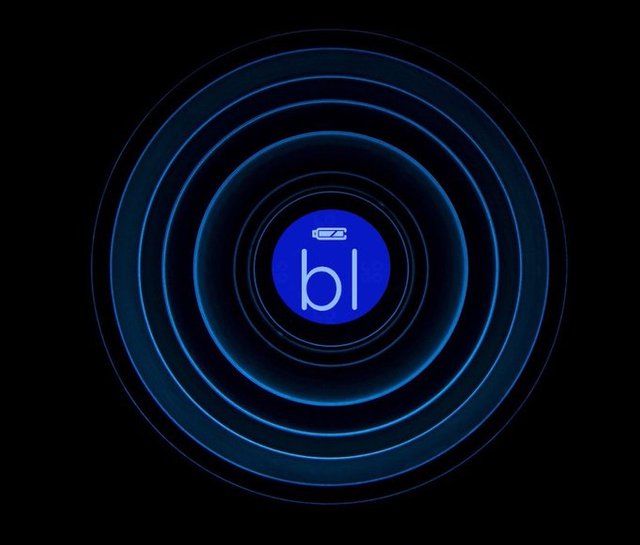Blue Sky Lithium Mining And Exploration Is Ecologically Conscious
When it comes to solving problems at the Lithium Mine, there is more than one way to skin a cat.
The cost, climate, geographic location, and ultimate use of lithium are the primary considerations that go into deciding which mining operations provide the best lithium. There are two primary strategies that can be utilized while mining lithium. The first strategy is one that involves mining for brine. The second type of mining is hard rocks. Both types of mining activities are carried out at the Blue Sky Lithium Mine (BLSX), which is a publicly-traded company.

Also, not all methods of extracting lithium are the same, and we are going to investigate both of these procedures in greater detail.
- Hard rock, which has a high initial cost but yields lithium hydroxide, is used by manufacturers of battery materials.
- Brine deposits containing lithium are less expensive to develop and yield lithium carbonate.
There are several lithium mines all around the world, both in brine and hard rock.
The following map illustrates the primary producing nations for lithium as well as the mining techniques currently in use. Recently, lithium brine mining enterprises have started reporting yields that are lower than what is typical for their operations. Some people are placing the blame for the lesser harvests on the changing climate throughout the world. Since the demand for lithium, also known as "white gold," across the world is expected to remain high, manufacturing will need to become as efficient as it can.
Mining for Lithium in Saltwater Brine:
According to the definition provided by the United States Geological Survey (USGS), lithium brine mining consists of the following steps. As a result, lithium brine deposits can be defined as accumulations of salty groundwater that is rich in dissolved lithium. In addition to this, brine pumps its way to the surface, where it is allowed to evaporate in various ponds. A greater degree of lithium purity is produced with each pond transfer that takes place. After the culmination of the lithium carbonate production process, there are two potential outcomes that could take place. The first step is to begin selling lithium carbonate to manufacturers directly. Second, the lithium carbonate is further converted into lithium hydroxide by a series of chemical reactions. In order to manufacture lithium ion batteries, lithium hydroxide is a necessary component. In addition, South America accounts for the vast majority of the world's output of lithium brine. Countries such as Chile, Argentina, and Bolivia are among of the world's leading producers of lithium brine. Nevada is the only state with any production of lithium brine mines in the United States, and those mines are relatively modest.
Lithium Ore Extraction from Tough Rock:
Pegmatites are formed as a result of mineral-rich magma penetrating fissures in continental plates, which leads to the production of pegmatites. Pegmatites are the hosts for crystals of lithium, which can be found in hard rock. After the final section of this magma has been allowed to cool, the water and a number of other minerals will concentrate. Since the bronze age, miners of hard rock have been constantly improving mining operations in order to achieve not only incredibly efficient production but also methods that are kind to the environment. This is done in order to attain the goal of mining hard rock in an environmentally responsible manner. Australia, which is by far the most productive country in this regard, is the location where the vast bulk of the world's lithium is extracted from hard rock. In addition to this, China is currently in second place, and Brazil is actively working to establish itself as a big participant in the business as well.

If this doesn't matter, why bother mentioning it?
When we talk about the increasing demand for lithium well beyond the year 2030, we need to discover techniques to mine it that are both more efficient and less harmful to the environment. First When compared to brine resources, hard-rock lithium has several advantages from a strategic perspective in the market for lithium. Evaporation of brine waters in huge ponds set in environments with specific temperatures and geographies is required in order to extract lithium concentrate from the brine waters. It's possible that this process will take more than a year to complete. On the other side, hard-rock lithium is less difficult to seek, mine, and process than soft-rock lithium because low-cost mining methods that are not ore-specific can be used.
For more information pls visit:
Website: https://blueskylithium.com/
Whitepaper: https://blueskylithium.com/service/mining-and-exploration/
Telegram: https://t.me/blsxcoin
Twitter: https://twitter.com/blueskylithium
Youtube: https://www.youtube.com/channel/UCiyAbr7YM4uRg3iApFmlh2w
Medium: https://medium.com/@blueskylithium
Bitcointalk Profile Link: https://bitcointalk.org/index.php?action=profile;u=3385240